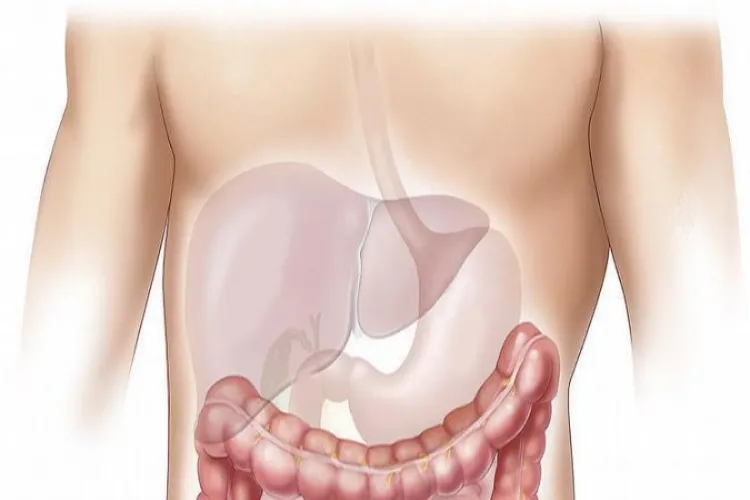
New Delhi
Artificial Intelligence (AI) can accurately detect early-stage metabolic-associated steatotic liver disease (MASLD) by using electronic health records, finds a study on Saturday.
MASLD -- the world’s most common chronic liver disease with a heavy clinical burden -- occurs when fat isn’t managed properly in the liver. The global prevalence of MASLD has been increasing in recent years.
It is also often associated with other common diseases such as obesity, Type-2 diabetes, and abnormal cholesterol levels.
As the condition can quickly progress to more severe forms of liver disease, early diagnosis is crucial. However, it often goes undetected until the late stages as it remains asymptomatic in the early stages, making diagnosis challenging.
“A significant proportion of patients who meet criteria for MASLD go undiagnosed,” said lead author Ariana Stuart, from the University of Washington, US. “This is concerning because delays in early diagnosis increase the likelihood of progression to advanced liver disease.”
The team used an AI algorithm to analyse imaging findings in electronic health records from three sites in the US. While 834 patients met the criteria for MASLD, only 137 had an official MASLD-associated diagnosis in their records.
This left 83 per cent of patients undiagnosed even when data in their electronic health record showed they met the criteria for MASLD.
Stuart noted that the study “shows how AI can complement physician workflow to address the limitations of traditional clinical practice.”
The study will be presented at The Liver Meeting, hosted by the American Association for the Study of Liver Diseases.
Previous studies have shown that AI can be used to detect liver fibrosis and diagnose non-alcoholic fatty liver disease (NAFLD). It can also help differentiate focal liver lesions, diagnose hepatocellular cancer, prognosticate chronic liver disease (CLD), and facilitate transplant sciences.
